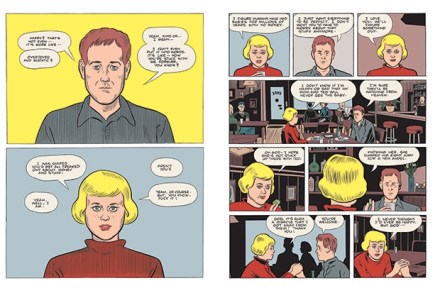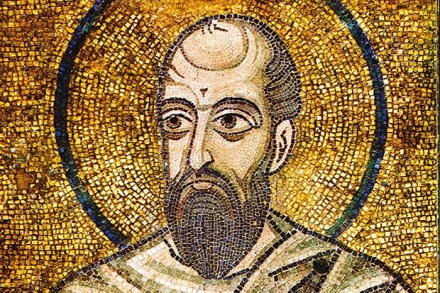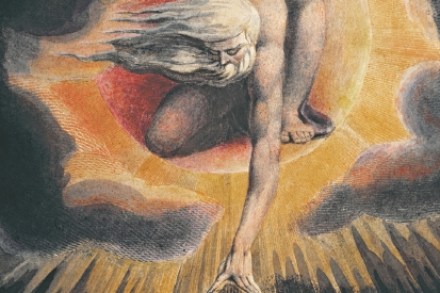Graphic, bleak and misogynistic
If you could travel back in time, would you kill Hitler’s mother, seek out your old house and play ball with your former self, or locate your (eventual) wife during her unhappy adolescence and punch her violent boyfriends? These are the dilemmas facing Jack, the hero of Daniel Clowes’s latest graphic novel. The murderous attitude towards Hitler’s mother (rather than towards Hitler himself) fits right in with an underlying misogyny throughout. Indebted to Hollywood for most of its ideas and its deficiencies, Patience only squeaks by in the Bechdel test. It begins wittily enough with the tip of a penis, a semi-circle of cervix, and a big white splodge in




















